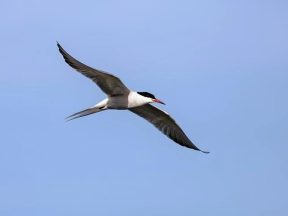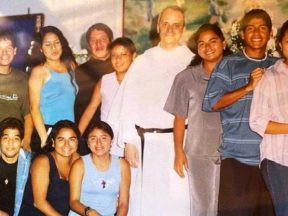Tanzania. Maasai Colours.
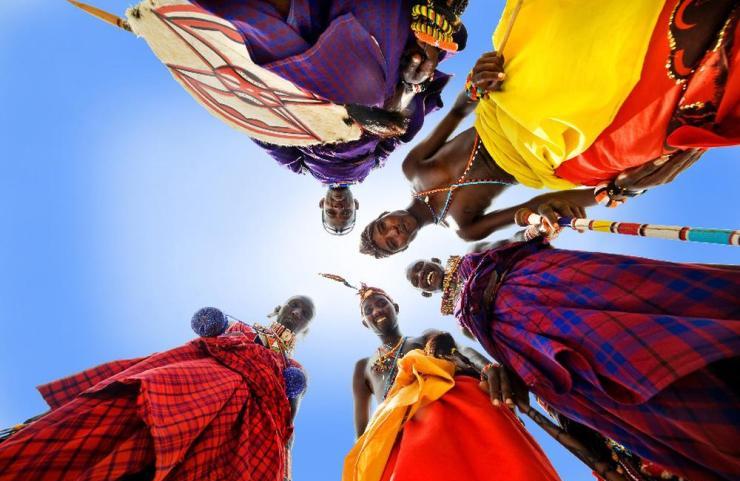
Red and black are two of the fundamental colours in the Maasai culture and symbolize God’s two main traits.
Red depicts anger and benevolence, and black (or dark blue) the sanctity of a person or object. Above all, they invoke God himself as Papa Jai Orok (the Black father) and they ask him to cover all the Maasai people with his black cloak, intoipo iyiook to Ikila lino orok.
Clothes and other items that are either black or dark blue show a person’s sanctity at a particular stage of their life. These people become untouchable: one must greet them, but not shake their hands or touch them. Their dark appearance, coming from their clothes is enhanced by their long hair, giving a more menacing appearance. This group includes babies that are no older than 6 months, and, for a brief period, boys after circumcision and women after giving birth. Since they belong more to God than to society, they are revered and respected.
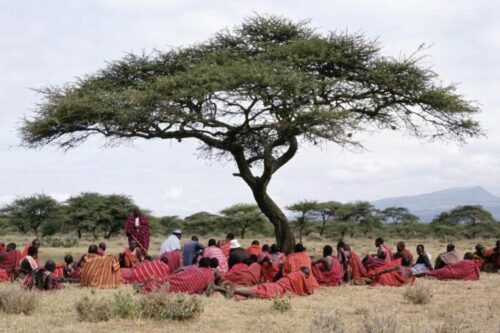
Red represents anger and benevolence. File swm
The elderly that preside over the most important Maasai festivals, always of a religious nature, are dressed in dark blue and offer prayers and blessings. A sprinkling of a mix of honey, beer, milk, and a light spray of saliva symbolise God’s spit and his life giving rain – at times
more than what is needed.
In the life of a Maasai, objects associated with people or activities are preferably of a black or dark blue colour. This is also true for the circumcision ceremony of a small animal, a lamb, or a big one, a bull. Also in the “eunote,” the ceremony representing a warrior’s promotion (ol-orika) – the most important event of a man’s life. He is happy because from then on, he is considered an elder.
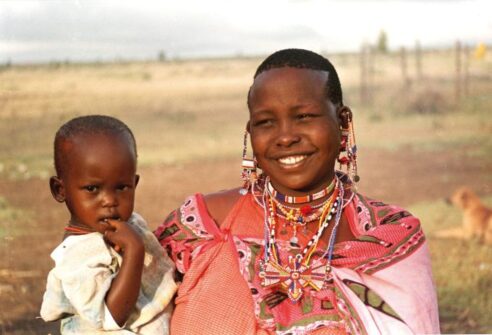
Maasai woman with her child. File swm
The origin of Il-oibonok, Maasai saints, date back to the “black house.” One of Natero’s children, Kop’s second wife, was named Naiser – meaning the rebellious. All the most important Maasai saints are chosen from the Ilaiser clan.
According to the Maasai, the Oikum orok, the black stick that is sometimes made of steel, is a sign of great authority. It has the same cultural, symbolic, and sentimental importance as the wand in other cultures. The stick is buried in a river of mud for some time to give it its black colour. The elderly Maasai wear the black emurt narok around their neck: the Isaen naarook (black pearls). A long string of dark blue coloured pearls that is usually wrapped twice around the neck and hangs down on the chest. Some call them the pearls of prayer.
Black also means “emptiness.” Only a thin line separates the sanctity of emptiness from the greatness of poverty. Everyday sayings reflect this, such as enkurma narok (flour – to which neither oil nor sugar is added), enkaji narok (an empty house) or enkare narok (water – to which nothing is added, water the elderly don’t drink).Dark colours are often associated with the elderly and wisdom; red symbolises, above all, youth and energy but at the same time impatience and even cholera.
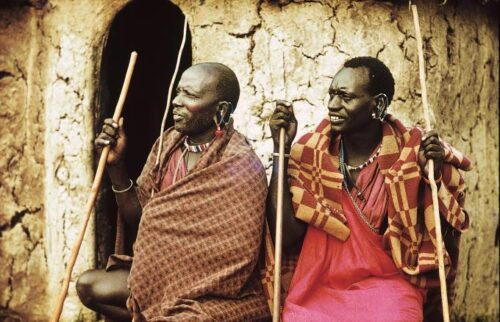
Dark colours are often associated with the elderly and wisdom. File swm
When God gets angry, his mountain spews out lava and boiling red fire. After every eruption, Oldoinyo le Engai (God’s mountain) calms down and covers itself with a sober layer of grey ash, returning slowly to normality with new vegetation and life. This shows God’s renewed and eternal benevolence towards his elusive Maasai people.
Red emblazons their clothes and their hair. Warriors paint their bodies red ochre. Red is found in the wildness of youth and life. Before 1900, the Maasai used to wear cowhide, tainted red with ochre. In every ceremony, before a boy’s circumcision (enkipaata), and even during the eunoto ceremony, there are two days of dancing. The red dance (enkzpaata nanyokie) and the white dance (enhpaata naibor). White is obtained by scraping the sides of riverbeds with white diatomite and chalk (enturoro).Green is another important symbolic colour. Grass, trees, and shrubs have a symbolic and a real meaning for individuals. Grass is peace – he who carries it in his hands cannot carry a weapon. Trees, with their leaves, roots, bark, fruit, and wood are the ingredients for traditional Maasai medicines. In fact, the Maasai often use the olcani (tree) for medicine. (Open Photo: 123rf)
Frans Mol – Natana Ole Paswa


